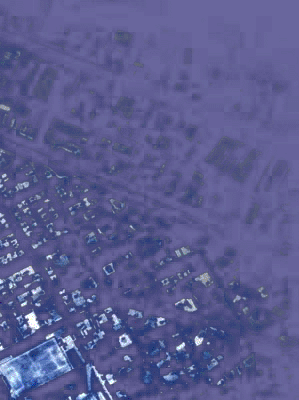|

Discussion
forum
A discussion
forum was set up prior to the actual meeting to stimulate the discussion
and focus on the issues that the participants identified to be the most
important. Many thanks to the contributors!
Below is
the initial call:
Computational
models have been at the forefront of design and planning research and
practice for some 50 years now. The advent of microcomputers boosted
the development of constructs that can automate certain computational
tasks and has paved the way for the development of tools that can support
or enhance human decision-making abilities. In parallel, a new paradigm
for scientific research has been established concerned with the modelling
and simulation of complex realities and phenomena in order to explore
hypotheses and theories about such phenomena within a controlled environment.
These two broad classes of computational constructs allude respectively
to the following research questions:
What can computational constructs do in design and planning problems
and how?
What can we learn from computational models about design and planning
problems and how?
These questions are basically concerned with identifying the structure
and role of computational constructs in design and planning and their
relation with humans and human societies. This requires a minimum understanding
of what is designing and planning.
We start with the premise that designing and planning are processes
that can be associated not only with human/cognitive activities but
also with the ability of complex systems to evolve and adapt in order
to "survive". There is a particular interest in investigating
how design and planning phenomena emerge in complex socio-technical
systems (that is systems composed by human, physical and artificial
components like a building, a city or a human-computer network).
This premise requires an extended view and definition of what designing
and planning might be, but also reveals the possibility to understand
complex design problems and behaviours drawing from a research field
that lies on the intersection between complexity science and cognitive
science.
In this intersection we might find some common issues (or phenomena)
such as creativity and emergence, evolution and learning, generative
and synthetic behaviour, distribution, adaptation and coordination.
Understanding and locating such issues (i.e. identifying where these
processes are situated) can form a platform to understand the role,
function and behaviour of artificial constructs (as tools or as simulators)
and their symbiosis with humans.
In particular the ability of design and planning systems to exhibit
this sort of abilities (adaptive, learning, evolutionary behaviour)
implies the development of tools and models that interact with their
human or artificial environment and build their action according to
this interaction. Namely, this implies the need to construct computational
models that have a situated action as opposed to having a planned action.
 |
 |
|


